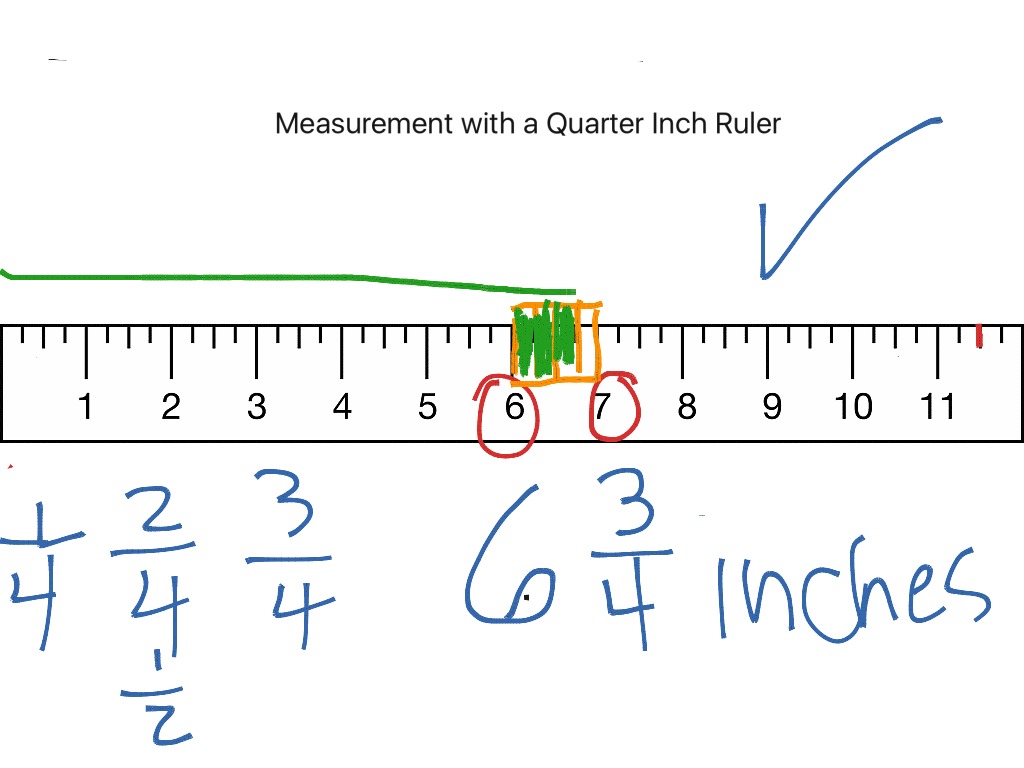An all-terrain vehicle (ATV) is any self-propelled vehicle with two or more wheels that is manufactured for sale to be used primarily off-highway or in off-road competitions, and that is no wider than 70 inches and weighs no more than 1,000 pounds. This does not include vehicles manufactured for off-highway use and designed exclusively for travel on snow or ice, and supported by one or more skis, belts or cleats that utilize an endless belt tread. Those vehicles, which include snowmobiles, are subject to other laws and regulations.
An ATV must be registered with the Department of Motor Vehicles (DMV) if it is operated anywhere in New York State, including on the owner's property.
When you register a new or used ATV for the first time, your registration will expire each year on August 31. Registrations for ATVs originally registered before April 1, 2005, will continue to expire each year on April 30.
ATV dealers are required by law to register every ATV they sell to New York State residents or to non-residents before the purchaser takes delivery; unless the purchaser qualifies for an exemption from registration. A purchaser is exempt from registration when the ATV will be used exclusively: outside of New York State; at special events; for agricultural purposes; or for snow plowing other than for-hire. Dealers must have the purchaser complete and sign a "Declaration of Exemption From Snowmobile or All-Terrain Vehicle Registration" (RV-6).
Unless you qualify for an exemption from registration, you cannot take delivery from an authorized dealer until after the ATV is registered.
If you buy an ATV from a person who is not a New York State registered ATV dealer, you must register the ATV with the DMV. To register the ATV; you must complete an "Vehicle Registration/Title Application" (MV-82) and submit it to a motor vehicle issuing office. To register an ATV; you must provide proofs of ownership, sales tax payment or exemption, your identity, and your date of birth.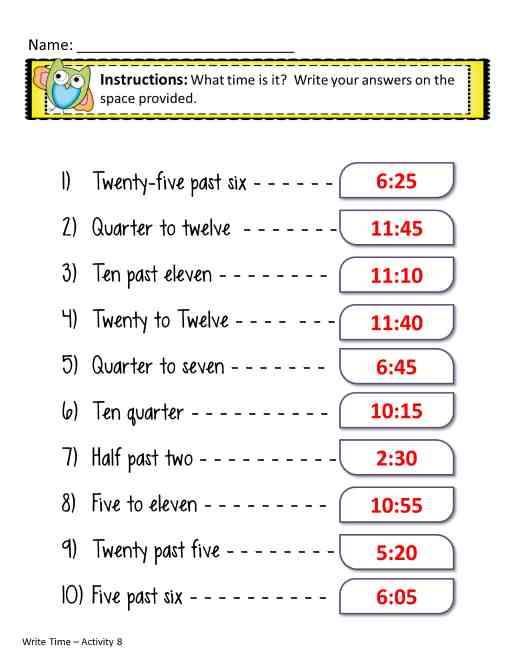
Acceptable proof of ownership are:
If you buy your ATV from a registered New York State dealer, you should receive a bill of sale in addition to the acceptable documents that prove ownership. The bill of sale must contain the dealer's name, address and dealer registration number, plus your name and address, the ATV vehicle identification number, the year, make, model, and number of wheels. The bill of sale also must indicate that the ATV is either new or used, and must confirm that the dealer has collected the appropriate sales tax.
If you buy the ATV from a person who is not a registered dealer, you must pay the sales tax at a motor vehicle office. To determine the proper amount of sales tax, the DMV needs proof of what you paid for the ATV. Have the seller sign and give you a Statement of Transaction- Sale or Gift of Motor Vehicle, Trailer, All-Terrain Vehicle (ATV), Vessel (Boat), or Snowmobile (pdf) (at NY State Department of Tax and Finance) (DTF-802). You must submit this form to the motor vehicle office, and pay the appropriate sales tax, before registering your ATV:
Acceptable documents that prove payment of sales tax are:
To register an ATV, you must provide proof of who you are. You must provide proof of identity, date of birth, and at least six points of proof of name. For the most recent listing of acceptable documents see "Proofs of Identity For Registration and Title" (ID-82).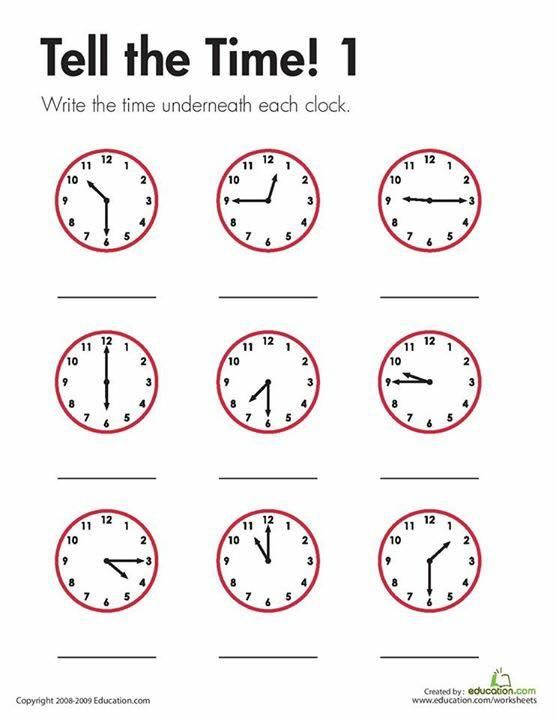
Documents that automatically qualify as six points are:
The ATV registration and registration renewal fee is $12.50 per year – it is not prorated by month. You also must pay a $12.50 license plate fee when you first register your ATV. You will be issued a plate, a registration sticker and an attached registration document. The plate must be attached to the rear of the ATV, and the sticker should be placed at the right side of the plate. You should carry the registration document when operating your ATV.
You may not operate any ATV anywhere in New York State, except on your own property, unless it is covered by liability insurance. Minimum required coverage is $50,000/$100,000 for death, $25,000/$50,000 for injury, and $10,000 for property damage in any one accident. You must show proof of this insurance upon the request of a judge, the police, or a person claiming to have suffered injury or property damage from your operation of the ATV.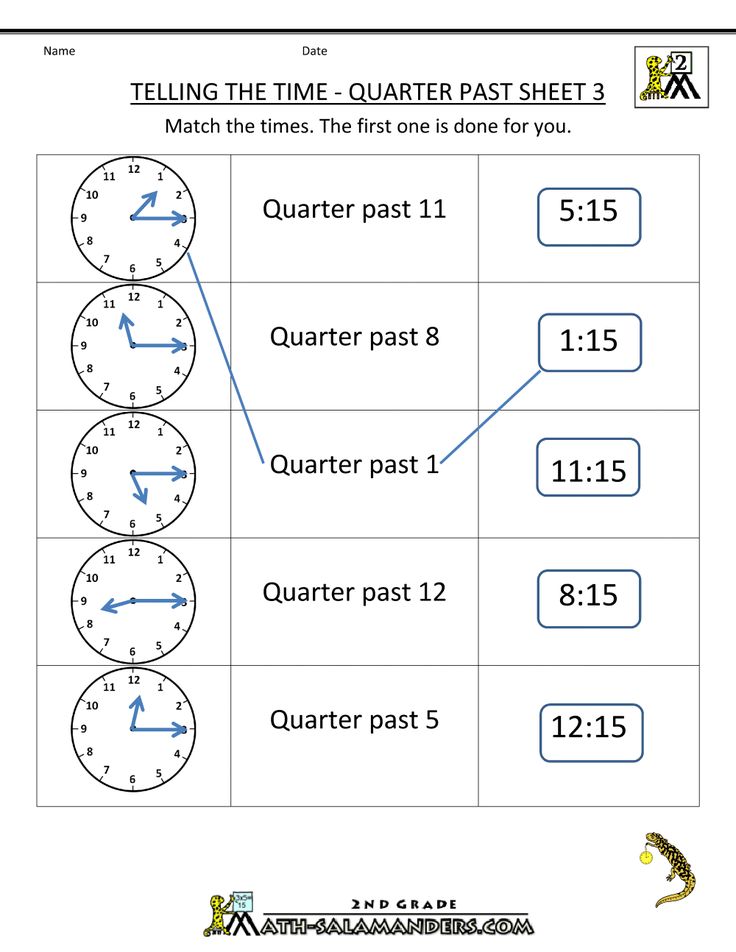
If you move, cross out the old address on your registration document and write in the new one. You also must report your address change to the DMV within 10 days.
If your ATV has become stolen, you should immediately report the theft to the police. If the ATV is to be, or already has been, destroyed or permanently removed from New York State, you should surrender the plate and registration document to a local motor vehicle office.
New York State honors valid out-of-state ATV registrations. If your home state does not require ATV registration, you must obtain a New York State registration before operating your ATV in this state.
You do not need a driver license to operate an ATV in New York State, but certain restrictions apply to operators under age 16.
If you are age 10 through age 15, you may operate an ATV only:
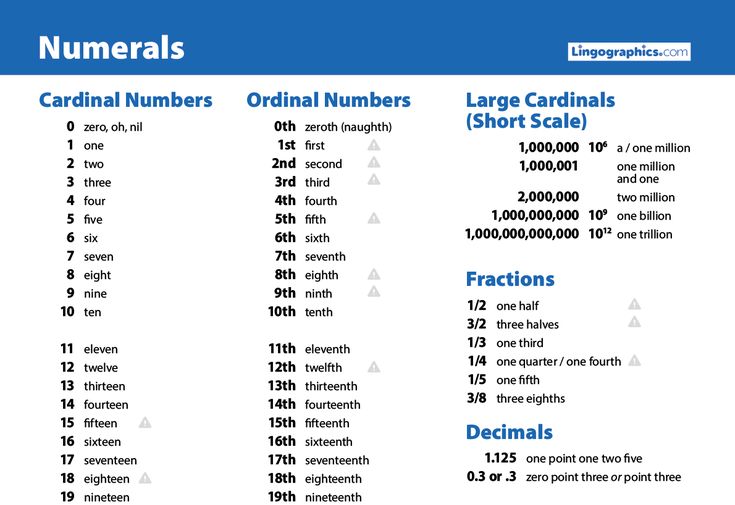 You should carry your course completion certificate when operating any ATV.
You should carry your course completion certificate when operating any ATV.If you are under age 10, you may operate an ATV only:
Adult Supervision means being accompanied by a person at least 18 years of age, or a person 16 or 17 years of age who holds an ATV safety course completion certificate from an approved safety course provider.
ATV safety training courses approved by the Department of Motor Vehicles are available throughout the state. Telephone 1-800-887-2887 to enroll, or write to: ATV Safety Institute, Enrollment Express, 2 Jenner Street, Suite 150, Irvine, CA 92618-3806
ATV safety information also is available on the internet at www.nyatvsafety.net. Written questions about New York State's ATV or motorcycle safety programs should be addressed through the DMV web site or by mail:
NYS DMV
Motorcycle Safety Program
6 Empire State Plaza, Room 335
Albany, New York 12228
The application forms identified in this publication for ATV owners and operators are available at any motor vehicle office or at the DMV web site: dmv.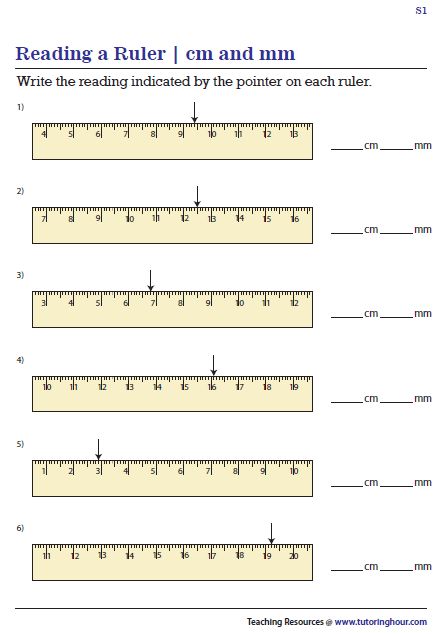 ny.gov
ny.gov
RESPONSIBILITY OF PARENTS AND OWNERS
A parent or guardian may not knowingly permit or authorize a child under age 16 to operate an ATV in violation of state or local laws. An ATV owner, or another person in possession of an ATV, may not knowingly permit or authorize any person under age 16 to operate an ATV in violation of any state or local law.
Both the owner and the operator of an ATV may be held liable for injury and/or damages resulting from an ATV accident.
DMV recommends you avoid crossing a highway unless absolutely necessary. If you cross, you must follow these rules:
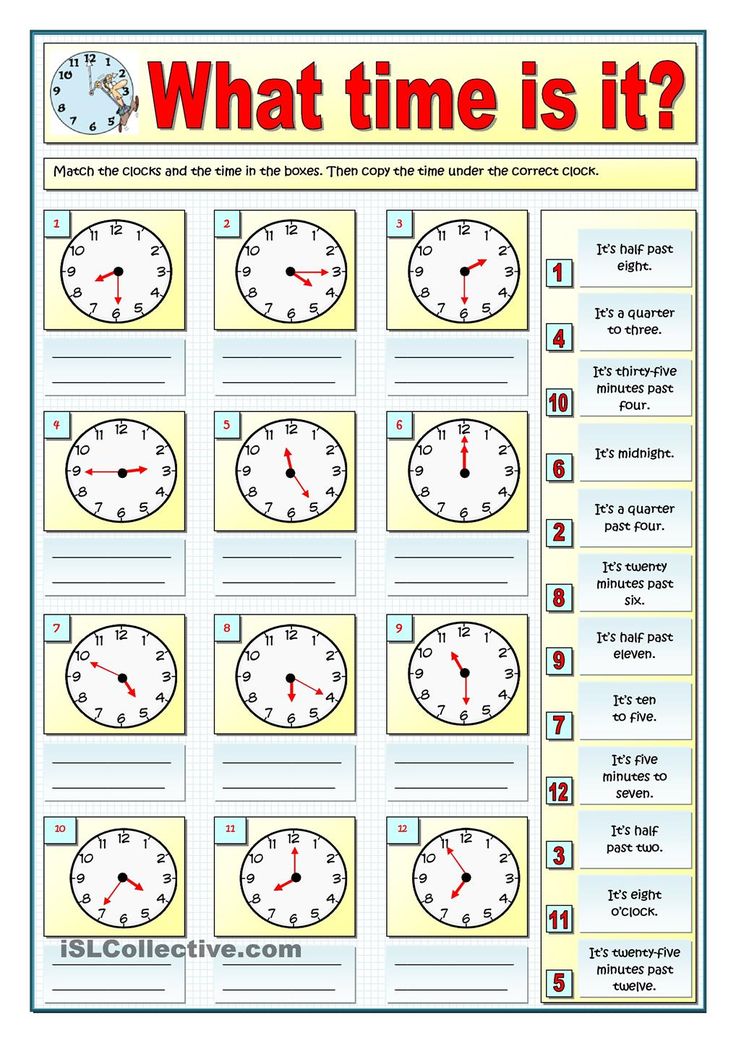
You may not operate an ATV on a highway unless it has been designated and posted for ATV use by the state or local authority. Usually, only the part of a highway between two off-highway trails will be posted for ATV use. Check with local police to be sure. DMV recommends that you turn your headlight and taillight on and wear bright, reflective clothing whenever you ride on a highway. Always enter the highway with care, and yield to other traffic.
You may not operate an ATV on public land unless it is specifically designated for ATV use, and it is allowed by a posted sign.
To operate an ATV on private land, you must have permission of the land owner or lessee. If you receive permission, make sure you know the boundaries of the property, and respect any special restrictions or requests of the land owner. You could lose permission to ride on private land by littering, causing damage, or riding carelessly.
You could lose permission to ride on private land by littering, causing damage, or riding carelessly.
Whether you are the operator or passenger, you must wear a USDOT-approved helmet when riding an ATV. DMV recommends that you also wear a face shield or goggles, and protective clothes and footwear.
Your ATV must have the following equipment:
The law requires you to keep the ATV's headlight and taillight lighted when riding a half hour after sunset to a half hour before sunrise. For greater safety, DMV recommends you keep the lights on at all times.
In addition to obeying the ATV laws and rules, it is wise to ride your ATV with common sense and courtesy. Having fun on an ATV does not include annoying others or taking foolish risks. ATV riders who ignore the rules and the rights of others may cause ATV operation to be restricted or prohibited on private and public lands.
Having fun on an ATV does not include annoying others or taking foolish risks. ATV riders who ignore the rules and the rights of others may cause ATV operation to be restricted or prohibited on private and public lands.
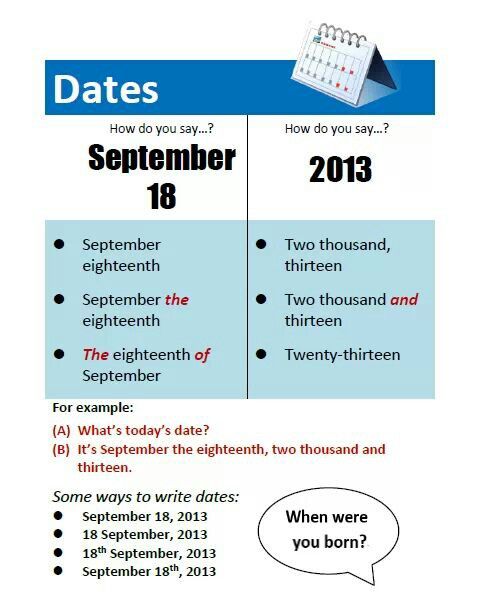
No locality may require its own ATV licenses or registrations, but it may impose additional restrictions or rules on ATV operation. Find out about special ATV rules in your area, and obey them.
The person in charge of an ATV special event or off-road competition must apply to the local jurisdiction for written authorization at least 30 days in advance, unless it is held entirely on private property.
If you are involved in an accident with your ATV, you must give your name and address, the name and address of the ATV owner and the plate number to injured persons, the owners of damaged property, and/or the police.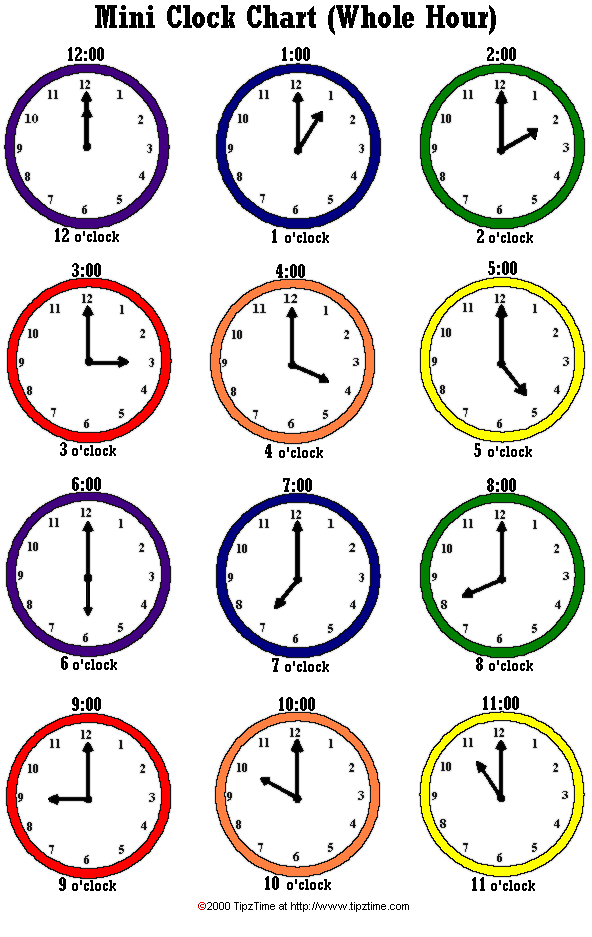 You also must show proof of insurance to persons claiming to have suffered injury or damage. If property is damaged, and you cannot locate the owner, you must give the above information to police as soon as possible.
You also must show proof of insurance to persons claiming to have suffered injury or damage. If property is damaged, and you cannot locate the owner, you must give the above information to police as soon as possible.
You must immediately report to the police any accident that involves death, personal injury or damage estimated at $600 or more to the property of any one person.
You must also file a Report of Motor Vehicle Accident (MV-104) with the Department of Motor Vehicles about an accident that results in a fatality, personal injury, or property damage estimated at $1,000 or more. You must file the report within 10 days of the accident and send a copy to the county sheriff or police commissioner.
If you are incapacitated, the written report may be filed by another party familiar with the accident. The investigating police officer must also file a written report, but that does not relieve you of your legal responsibility to file one.
Failure to report an accident is a misdemeanor.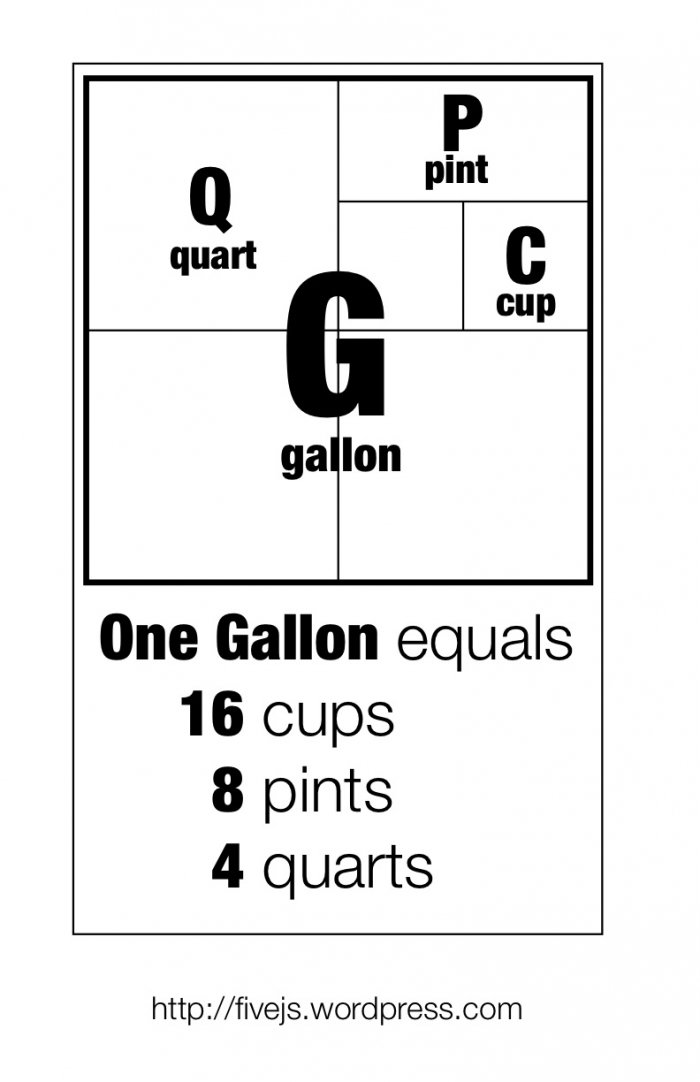 A conviction may result in suspension or revocation of your safety training certificate and/or the ATV registration.
A conviction may result in suspension or revocation of your safety training certificate and/or the ATV registration.
The Department of Motor Vehicles may suspend your safety training certificate and/or the ATV registration until you file an acceptable written report.
Additional information can be found at: Register and title a recreational vehicle (snowmobile, boat, moped or ATV)
NEW YORK STATE DEPARTMENT OF MOTOR VEHICLES
Mark J. F. Schroeder, Commissioner
C-29 (4/07) Edited for the Internet 10/14
Return to DMV Publications
Quads, four-wheelers, ATVs - no matter what you call them, they're growing in popularity with teens and young adults. To keep riders safe, states have different laws that are important to know if you're headed for a vacation, a cross-country tour, or just a weekend in the outdoors.
To learn the ATV laws in your home state, click on the map or find your state below:
No person may operate an ATV with reckless disregard for the safety of persons or property, or off of an existing road, trail or route in a manner that causes damage to wildlife habitat, riparian areas, cultural or natural resources or property or improvements.
A person may drive an off-highway vehicle only on roads, trails, routes or areas that are opened as indicated in rules or regulations of a federal agency, this state, a county or a municipality.
A person may not operate an off-highway vehicle in a manner that damages the environment, including excessive pollution of air, water or land, abuse of the watershed or cultural or natural resources or impairment of plant or animal life, where it is prohibited by rule, regulation, ordinance or code.
Ariz. Rev. Stat. Ann. § 28-1174(A)-(H) (2016)
Necessary equipment: brakes adequate to control the movement of the vehicle and to stop and hold the vehicle under normal operating conditions, taillights and headlights if operated between one-half hour after sunset and one-half hour before sunrise, a muffler or other device that prevents sound above 96 decibels, a spark arrestor approved by the U.S. Department of Agriculture, and a safety flag if operated on sand dunes or areas designated by managing agency.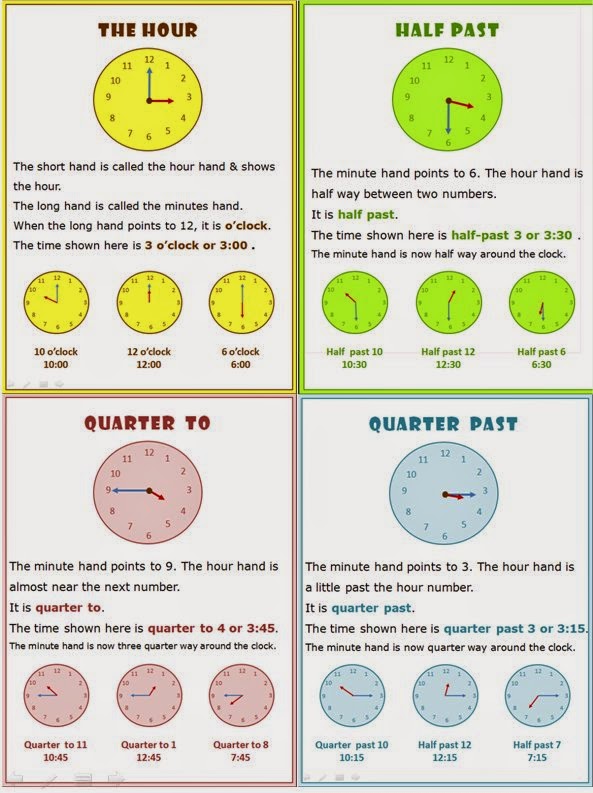
A person who is under eighteen years of age may not operate or ride on an off-highway vehicle on public or state land without protective headgear.
Does not apply to a private landowner or lessee performing normal agricultural or ranching practices while operating an all-terrain vehicle or an off-highway vehicle on the private or leased land in accordance with the landowner's or lessee's lease.
Ariz. Rev. Stat. Ann. § 28-1179(A), (B), (D) (2016)
Back to Top
ATVs must be registered.
Del. Code Ann. tit. 21, § 6801
ATVs may not be operated on a public highway, street, or sidewalk.
An ATV may be pushed across or along such public way provided it is in neutral or that the power train is otherwise disengaged. An ATV may be operated on a street or highway located within this State for a special event of limited duration, conducted according to a prearranged schedule only under permit from the governmental unit having jurisdiction.
An ATV may be operated on a street or highway located within this State for a special event of limited duration, conducted according to a prearranged schedule only under permit from the governmental unit having jurisdiction.
Del. Code Ann. tit. 21, § 6814
A person may not operate an ATV at a rate of speed which cannot be so controlled as may be necessary to avoid colliding with any person, vehicle or other conveyance.
Del. Code Ann. tit. 21, § 6815
A person may not operate an ATV while under the influence of alcohol, any drug, or a combination of drugs and alcohol.
Del. Code Ann. tit. 21, § 6816
A person may not operate an ATV during the period after sunset until sunrise without displaying a lighted headlight and lighted taillight.
Del. Code Ann. tit. 21, § 6817
A person may not operate an ATV in a manner to cause excessive damages or disturbances of the land, wildlife or vegetative resources, or endanger, disturb or annoy other persons or property.
Del. Code Ann. tit. 21, § 6819
A person may not operate an ATV unless such ATV is equipped with a spark arrestor type muffler, in good working order and in constant operation.
Del. Code Ann. tit. 21, § 6820
A person may not operate an ATV upon any property in either public or private ownership without the express permission.
Del. Code Ann. tit. 21, § 6821
A person may not operate a 2-wheel or 3-wheel ATV unless the operator and all passengers are wearing a protective helmet on their heads, with the chin straps properly fastened.
Del. Code Ann. tit. 21, § 6823
A person less than 12 years of age may operate an ATV only if under direct supervision of a person who is at least 18 years of age, or on lands controlled by the parent/guardian. Persons 12 years of age and older may operate an ATV without adult supervision.
Del. Code Ann. tit. 21, § 6824
Back to Top
No person under 18 years of age may operate a recreation vehicle unless he has successfully completed a recreation vehicle safety and responsibility course approved by the director of environmental law enforcement.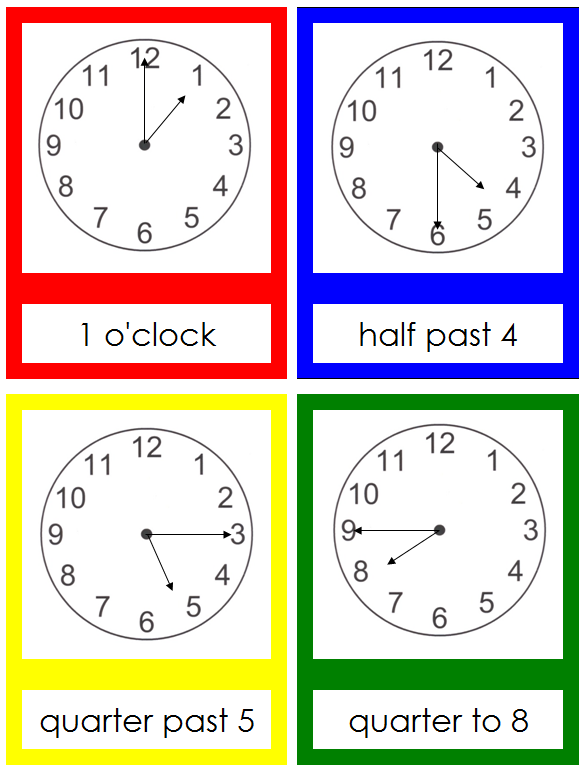 A parent or legal guardian of an operator of a recreation vehicle under 16 years of age shall participate in at least 1 session of the recreation vehicle safety and responsibility course or as required by the director.
Proof of the successful completion of the course shall be carried on the person of the operator while operating a recreation vehicle. Proof of an operator's successful completion of another state's equivalent recreation vehicle safety and responsibility course, as determined by the director, shall be valid in the commonwealth.
A parent or legal guardian of an operator of a recreation vehicle under 16 years of age shall participate in at least 1 session of the recreation vehicle safety and responsibility course or as required by the director.
Proof of the successful completion of the course shall be carried on the person of the operator while operating a recreation vehicle. Proof of an operator's successful completion of another state's equivalent recreation vehicle safety and responsibility course, as determined by the director, shall be valid in the commonwealth.
Mass. Gen. Laws Ann. ch. 90B, § 21
Registration required, to be renewed every 2 years. Registration must be displayed on vehicle in accordance with regulations.
Mass. Gen. Laws Ann. ch. 90B, § 22
ATVs must have one or more headlights, a red rear light, a red rear reflector, and adequate muffler.
ATVs must not emit noxious fumes or makes unusual or excessive noise.
No snow vehicle or recreation vehicle manufactured on or after January 1, 1998, shall be operated that produces a sound pressure level of more than 96 decibels when measured from a distance of 20 inches.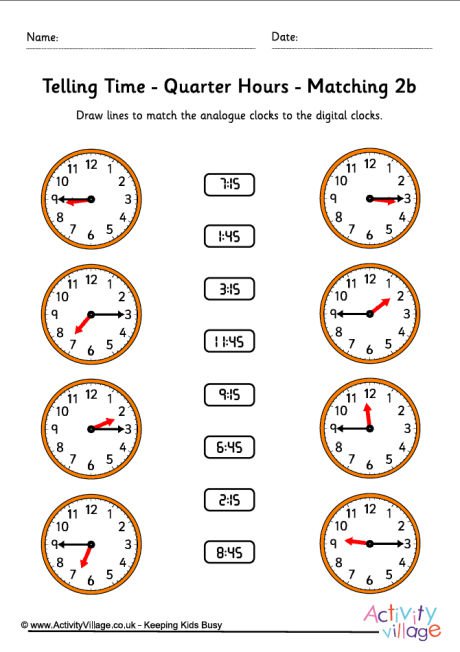 No snow vehicle or recreation vehicle manufactured before January 1, 1998, shall be operated that produces a sound pressure level of more than 101 decibels when measured from a distance of 20 inches. Does not apply to a snow vehicle or recreation vehicle being operated on a privately-owned track or closed course as permitted by local municipal authority; provided, however, that a snow vehicle or recreation vehicle manufactured before January 28, 1985, and substantially maintained in its original or restored condition shall meet the sound and emission specifications in place at the time of its manufacture. Mass. Gen. Laws Ann. ch.
No snow vehicle or recreation vehicle manufactured before January 1, 1998, shall be operated that produces a sound pressure level of more than 101 decibels when measured from a distance of 20 inches. Does not apply to a snow vehicle or recreation vehicle being operated on a privately-owned track or closed course as permitted by local municipal authority; provided, however, that a snow vehicle or recreation vehicle manufactured before January 28, 1985, and substantially maintained in its original or restored condition shall meet the sound and emission specifications in place at the time of its manufacture. Mass. Gen. Laws Ann. ch.
Mass. Gen. Laws Ann. ch. 90B, § 24
No person may operate a snow vehicle or a recreation vehicle upon any state, county, city or town way in the commonwealth, nor on the plowed snowbanks of such ways, nor upon any other public way, nor upon the right-of-way limits of a controlled access highway, unless to cross those roads or under emergency conditions that renders regular motor vehicle traffic impossible.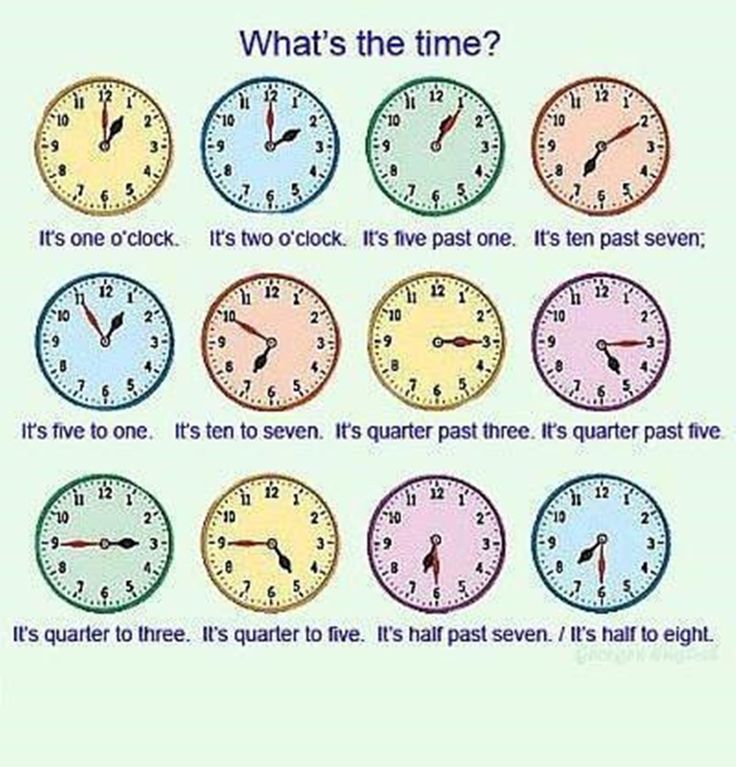 No person under 16 and one-half years of age may operate a snow vehicle or a recreation vehicle across or on a public way unless the operator holds a valid license or right to operate a motor vehicle or is directly supervised by a person 18 years of age or older.
Whenever it is impracticable to gain immediate access to an area adjacent to a public way where a snow vehicle or recreation vehicle is to be operated, said snow vehicle or recreation vehicle may be operated adjacent and parallel to the travelled portion of such public way for the purpose of gaining access to the area of operation.
Snow vehicles or recreation vehicles may be operated on any way that is not maintained or used for the operation of conventional motor vehicles.
No person under 16 and one-half years of age may operate a snow vehicle or a recreation vehicle across or on a public way unless the operator holds a valid license or right to operate a motor vehicle or is directly supervised by a person 18 years of age or older.
Whenever it is impracticable to gain immediate access to an area adjacent to a public way where a snow vehicle or recreation vehicle is to be operated, said snow vehicle or recreation vehicle may be operated adjacent and parallel to the travelled portion of such public way for the purpose of gaining access to the area of operation.
Snow vehicles or recreation vehicles may be operated on any way that is not maintained or used for the operation of conventional motor vehicles.
Mass. Gen. Laws Ann. ch. 90B, § 25
No person under 14 years of age may operate an ATV unless in preparation for while a participant in a sanctioned race or event that is supervised by a person 18 or older.
No person between 14 and 16 years of age may operate an ATV with an engine capacity greater than 90 cubic centimeters
A person between 14 and 16 years of age may operate an ATV with an engine capacity equal to or less than 90 cubic centimeters if directly supervised by a person 18 years of age or older. No person may operate an ATV on private property unless they are the owners or directly related to the owners, or without permission of the owners.
No person may operate an ATV on publicly-owned property except on trails marked and designated for use by such vehicles, or without the express permission of the owner.
No person may operate an ATV on private property unless they are the owners or directly related to the owners, or without permission of the owners.
No person may operate an ATV on publicly-owned property except on trails marked and designated for use by such vehicles, or without the express permission of the owner.
Mass. Gen. Laws Ann. ch. 90B, § 26 (West)
No person may operate an ATV under the influence of drugs or alcohol as defined by regulation.
Mass. Gen. Laws Ann. ch. 90B, § 26A (West)
Back to Top
N.H. Rev. Stat. 215-A:6 Operation of All OHRVs.
It is unlawful to operate any OHRV during the period from ½ hour after sunset to ½ hour before sunrise without displaying at least one lighted headlight and one lighted taillight.
No person may operate an OHRV upon any portion of the right of way of any public way including the traveled portion of a maintained public way except as provided.
No person may operate an OHRV at a speed greater than is reasonable and prudent under the existing conditions and without regard for actual and potential hazards. In all cases speed shall be controlled so that the operator will be able to avoid colliding with any person, vehicle, or object.
It is unlawful to operate any OHRV so as to endanger any person or damage any property.
No person may operate an OHRV within the limits of any railroad right of way where the rails are still intact unless otherwise posted, except in any emergency.
No person may operate an OHRV on the right of way of any public way classified as a class I highway and designated as an interstate highway, toll road or limited access highway.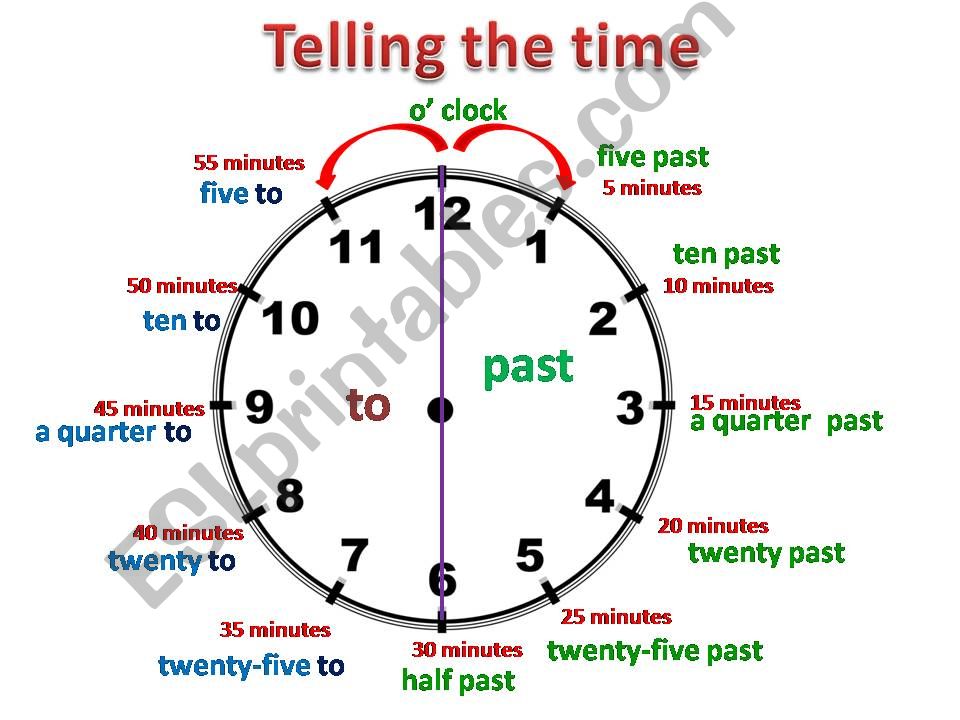 A person may operate an OHRV across any public way where the operation of said OHRV is not otherwise prohibited by law to cross the way, if the person has a driver's license or has completed the OHRV safety training course.
A person may operate an OHRV across any public way where the operation of said OHRV is not otherwise prohibited by law to cross the way, if the person has a driver's license or has completed the OHRV safety training course.
215-A:9 Limitations of OHRV Operation on Class I, II, and III Highways.
Highway crossings for established OHRV trails may be granted.
No direct crossing of interstate highways, divided highways, or toll roads shall be permitted.
When travel by conventional motor vehicles is not possible during a period of emergency declared by the appropriate authority having jurisdiction, an OHRV may be operated on any portion of an interstate highway, toll road, limited access highway, public highway or any other restricted area, provided that the operator of said vehicle has received the specific authority of an officer authorized to enforce the provisions of this chapter to so operate.
215-A:13-a Protective Headgear.
No person under the age of 18 may operate any OHRV within this state without wearing eye protection and protective headgear.
215-A:14 OHRV Required Equipment.
At least one, but not more than 2 headlights, all in working order, when operating at any time during the period from ½ hour after sunset to ½ hour before sunrise.
One or more rear taillights, all in working order, when operating at any time during the period from ½ hour after sunset to ½ hour before sunrise.
Adequate brakes in good working order sufficient to control the vehicle at all times. The brakes must be capable of stopping the vehicle within 40 feet at 20 miles per hour, or locking the wheels or track to a standstill.
The current registration decal affixed to the OHRV as required by this chapter.
Mufflers and an exhaust system which comply with requirements.
Any sled or trailer towed behind an OHRV must be equipped with reflectors and a rigid hitch such as a tow bar.
215-A:21 Registration.
Registration and decals required pursuant to regulation.
215-A:29 OHRV Operation and License.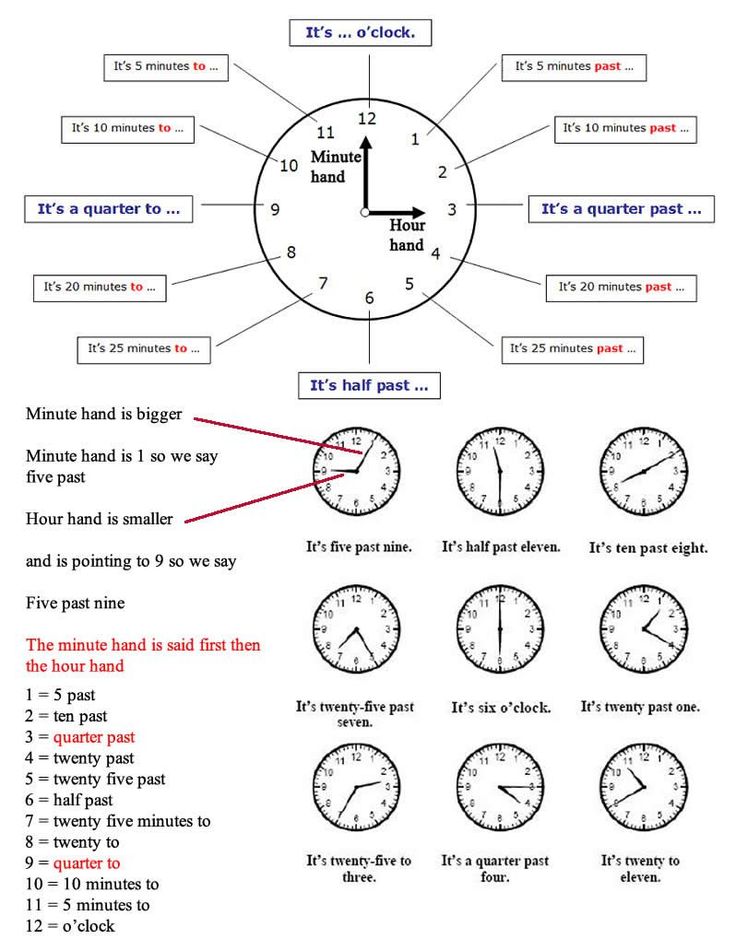
If under 14 years of age, must be accompanied at all times by a person at least 18 years of age.
If 12 years of age or older, must have successfully completed the snowmobile or OHRV training program, or be licensed to drive a vehicle.
Any person operating an OHRV along the traveled portion of a public highway, where permitted, shall be required to be licensed to drive. Or, any person at least 12 years of age, who has successfully completed an approved snowmobile or OHRV training program, operating an OHRV along the traveled portion of a public highway, where permitted, who is not licensed to drive shall be accompanied at all times by a person who is licensed to drive, and who is at least 18 years of age.
Operators under 18 may not carry passengers.
Back to Top
N.J. Stat. Ann. § 39:3C-3. Registration; necessity; fee; expiration.
Except as otherwise provided, no snowmobile, all-terrain vehicle, or dirt bike shall be operated or permitted to be operated on or across a public highway or on public lands or waters of this State unless registered. $50 registration fee, renewed yearly.
$50 registration fee, renewed yearly.
39:3C-16. Minimum age to be operator.
Persons under 14 prohibited to operate any snowmobile, all-terrain vehicle, or dirt bike on public lands or waters or across a public highway.
A person less than 16 years of age may not operate on public lands or waters or across a public highway of this State an all-terrain vehicle with an engine capacity greater than 90 cubic centimeters.
A person less than 18 years of age may not operate a snowmobile, all-terrain vehicle, or dirt bike registered in this State on public lands or waters or across a public highway of this State unless the person has completed a safety education and training course.
39:3C-17. Prohibition of operation on highways, streets and right-of-way limits; exceptions.
No person may operate an ATV upon limited access highways or within the right-of-way limits thereof.
No person may operate an ATV upon the main traveled portion or the plowed snowbanks of any public street or highway or within the right-of-way limits thereof except as follows:
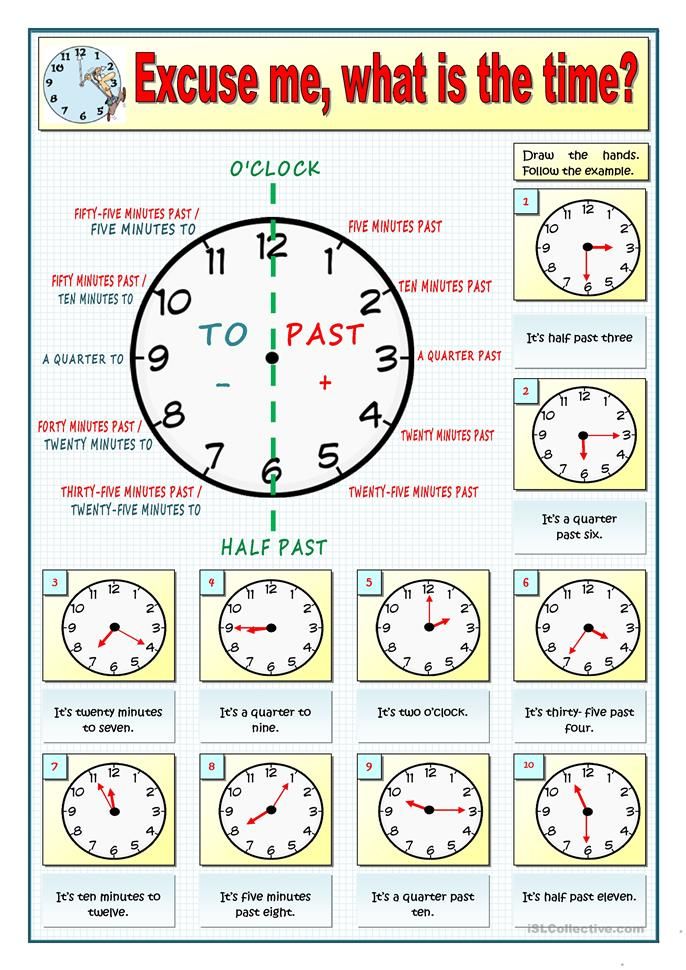
39:3C-18. Prohibition of operation on private property without consent.
No person may operate an ATV on private property without consent of the owner of the property and the person who has a contractual right to the use of the property.
39:3C-19. Unlawful acts.
It is prohibited for a person to operate or ride as a passenger on any snowmobile, all-terrain vehicle, or dirt bike without wearing a protective helmet.
ATVs must have headlights, taillights, brakes, and a proper muffler.
Any person may not operate an ATV during the hours from 1/2 hour before sunset to 1/2 hour after sunrise without having lighted headlights and lighted taillights.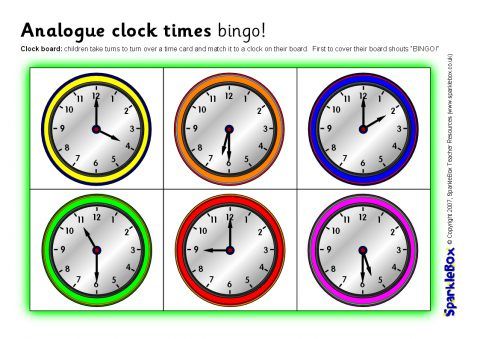 Any person to operate an ATV upon railroad or right-of-way of an operating railroad, except railroad personnel in the performance of their duties.
Any person to operate an ATV upon railroad or right-of-way of an operating railroad, except railroad personnel in the performance of their duties.
39:3C-20. Liability insurance .
required, subject to regulations.
39:3C-24. Equipment.
At least one white or amber headlamp having a minimum candlepower of sufficient intensity to reveal persons and vehicles at a distance of at least 100 feet ahead during hours of darkness under normal atmospheric conditions.
At least one red taillamp having a minimum candlepower of sufficient intensity to exhibit a red light plainly visible from a distance of 500 feet to the rear during hours of darkness under normal atmospheric conditions.
A brake system in good mechanical condition.
Reflector material of a minimum area of 16 square inches mounted on each side of the cowling.
An adequate muffler system in good working condition.
Back to Top
Pa. Cons. Stat. § 7711.1. Registration of snowmobile or ATV, § 7712.1. Certificate of title for snowmobile or ATV.
Cons. Stat. § 7711.1. Registration of snowmobile or ATV, § 7712.1. Certificate of title for snowmobile or ATV.
All ATVs must be titled and registered.
Every ATV must have its own numbered plate, and you must renew the registration every two years.
§ 7721. Operation on streets and highways.
Generally, it is unlawful to operate a snowmobile or an ATV on any street or highway which is not designated and posted as a snowmobile or an ATV road by the governmental agency having jurisdiction.
A snowmobile or an ATV may be operated on highways and streets:
An ATV may make a direct crossing of a street or highway.
§ 7724. Operation on private or State property.
No person may operate a snowmobile or an ATV on State-owned property except on clearly marked and previously designated snowmobile or ATV routes or as expressly permitted by the Commonwealth.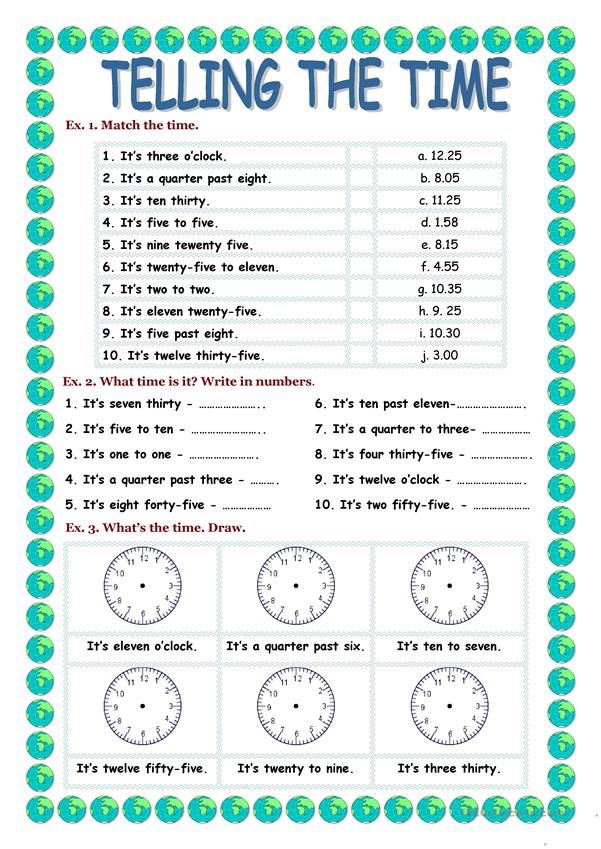
§ 7725. Operation by persons under age sixteen.
No one under the age of 8 can operate an ATV on state-owned land.
No one between the ages of 8 and 15 may operate an ATV unless it is on a parent's or guardian's land, or the individual has participated in an ATV safety training course and has a safety certificate, of if they are under direct supervision of a certified ATV safety instructor during the course.
No one under the age of 16 may cross a highway or ride on a designated road unless they have a safety certificate and are accompanied by an adult age 18 or older.
§ 7726. Operation in safe manner.
No person may operate a snowmobile or an ATV in any of the following ways:

Operators and passengers must wear helmet.
§ 7727. Additional limitations on operation.
It is unlawful to operate or ride in any snowmobile or ATV with any bow and arrows or with any firearm in his possession unless it is unstrung or unloade, or to
drive or pursue any game or wildlife with a snowmobile or an ATV.
§ 7730. Liability insurance.
A snowmobile or ATV for which registration is required under this chapter must have liability insurance coverage for the snowmobile or ATV issued by an insurance carrier authorized to do business in this Commonwealth. This subsection does not apply to limited registrations.
§ 7741. Head lamps and tail lamps.
Every snowmobile or ATV operated during hours of darkness must display a lighted head lamp and tail lamp. The lights shall be in operation during the period of from one-half hour after sunset to one-half hour before sunrise and at any time when, due to insufficient light or unfavorable atmospheric conditions caused by fog or otherwise, other persons, vehicles and other objects are not clearly discernible for a distance of 500 feet ahead.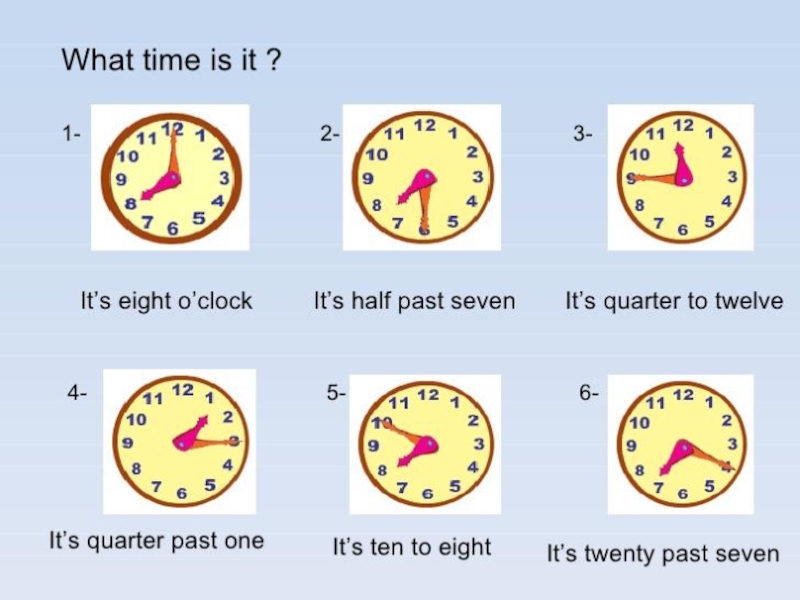 The head lamp must display white light of sufficient illuminating power to reveal any person, vehicle or substantial object at a distance of 100 feet ahead.
The tail lamp must display a red light plainly visible during darkness from a distance of 500 feet.
The head lamp must display white light of sufficient illuminating power to reveal any person, vehicle or substantial object at a distance of 100 feet ahead.
The tail lamp must display a red light plainly visible during darkness from a distance of 500 feet.
§ 7742. Brakes.
It is unlawful to operate an ATV which is not equipped with a braking system which may be operated by hand or foot, capable of producing deceleration of 14 feet per second on level ground at a speed of 20 miles per hour.
§ 7743. Mufflers and noise control.
It is unlawful to operate a snowmobile or an ATV which is not equipped at all times with a muffler in good working order which blends the exhaust noise into the overall snowmobile or ATV noise and is in constant operation to prevent excessive or unusual noise.
Back to Top
Currently registered off-highway vehicles may be operated on public land, trails, streets, or highways that are posted by sign or designated by map or description as open to off-highway vehicle use by the controlling federal, state, county, or municipal agency.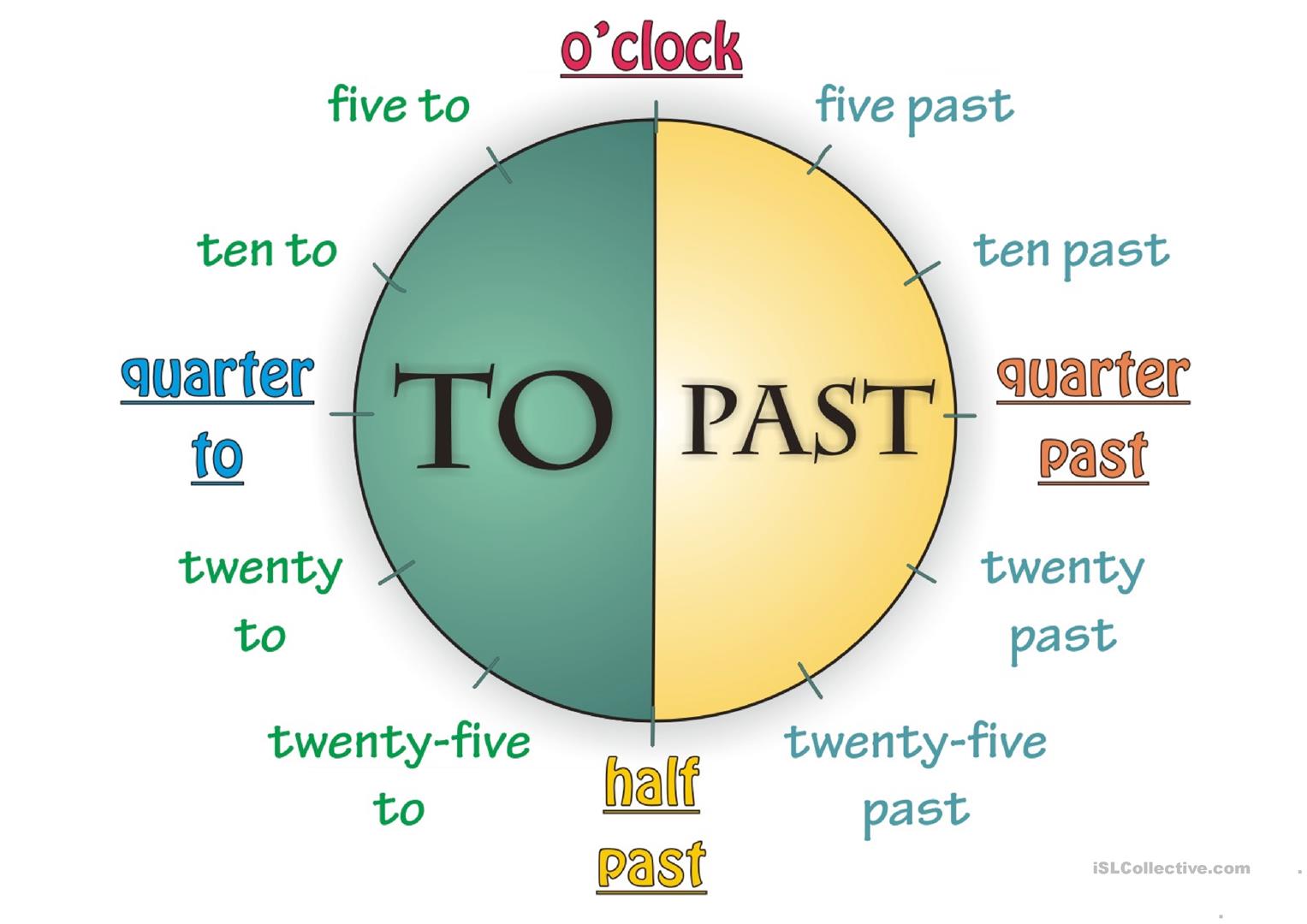
Utah Code Ann. § 41-22-10.1
ATVs operated on public land must be registered.
§ 41-22-3
ATVs may not be operated along, across, or within the boundaries of an interstate freeway or controlled access highway.
§ 41-22-10.2
A person may not operate an off-highway vehicle upon any street or highway, not designated as open to off-highway vehicle use, except:
§ 41-22-10.3
An off-highway vehicle must be equipped with: brakes, headlights and taillights when operated during hours of darkness, a noise muffling device, spark arrestor, and safety flag when operated on sand dunes.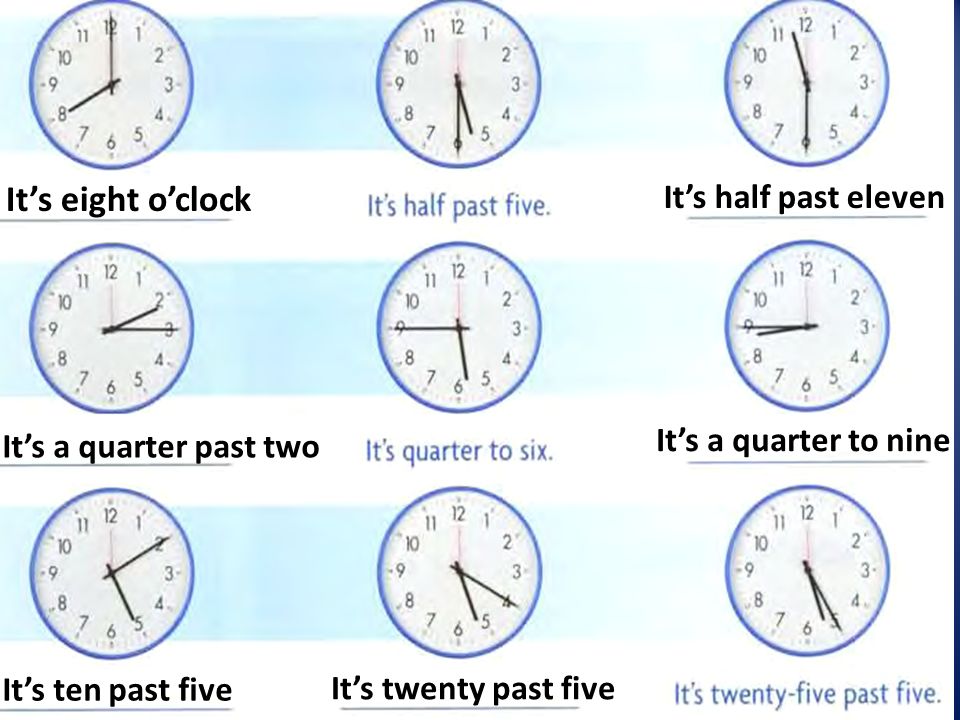
§ 41-22-10.7
A violation of the above sections is now an infraction.
Persons under 8 years of age may not operate an ATV, unless participating in a sanctioned race or organized practice and under the direct supervision of an adult, where there are emergency personnel and an ambulance service at the race or organized practice ready to administer medical services. § 41–22–29
A person under the age of 18 must wear protective headgear.
§ 41-22-10.8
An operator and passengers of off-highway implements of husbandry are exempt.
§ 41-22-10.8
Need more information on state laws? Learn more about the laws where you live.
Back to Top
Need more information on state laws? Learn more about the laws where you live.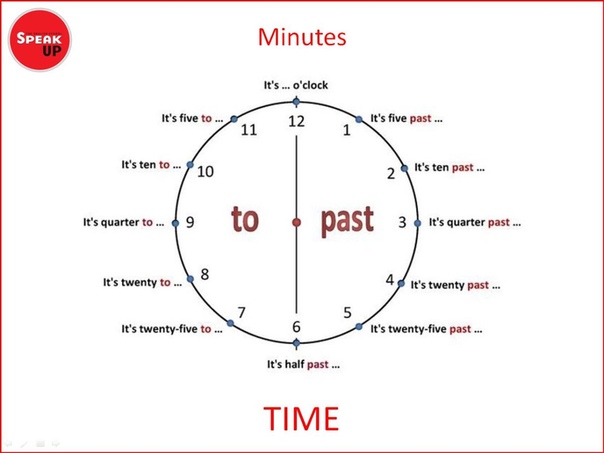
Note: Our attorneys are licensed to practice law in Pennsylvania, West Virginia, Ohio, Maryland, and Virginia. This information is not intended to solicit clients for matters outside of the states of Pennsylvania, Ohio, West Virginia, Maryland, and Virginia, although if you are injured in an accident, we have relationships with other personal injury attorneys and lawyers throughout the United States.
| Nominal pipe diameter, mm | Thread diameter, inch | Outer pipe diameter, mm | ||
| Steel water and gas pipe | Seamless pipe | Polymer pipe | ||
| 10 | 3/8" | 17 | 16 | 16 |
| 15 | 1/2" | 21.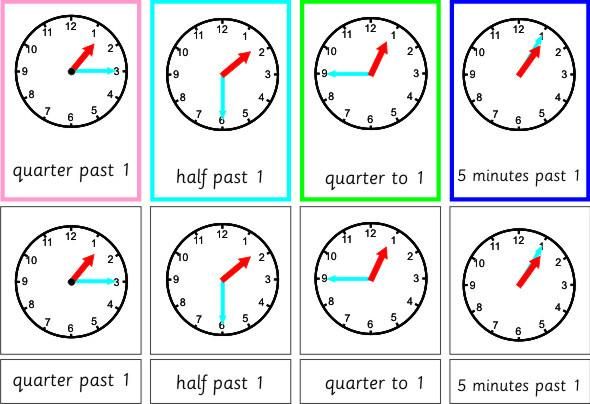 3 3 | 20 | 20 |
| 20 | 3/4" | 26.8 | 26 | 25 |
| 25 | 1" | 33.5 | 32 | 32 |
| 32 | 1 1/4" | 42.3 | 42 | 40 |
| 40 | 1 1/2" | 48 | 45 | 50 |
| 50 | 2" | 60 | 57 | 63 |
| 65 | 2 1/2" | 75. 5 5 | 76 | 75 |
| 80 | 3" | 88.5 | 89 | 90 |
| 90 | 3 1/2" | 101.3 | 102 | 110 |
| 100 | 4" | 114 | 108 | 125 |
| 125 | 5" | 140 | 133 | 140 |
| 150 | 6" | 165 | 159 | 160 |
Central Bank exchange rate informer
An inch is a non-metric unit of length in England (Imperial), USA (International), Canada.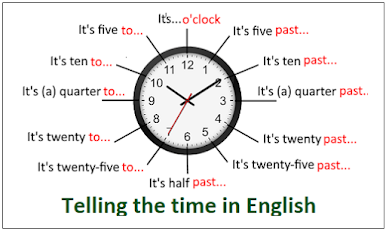 Referred to as inch, in, or ″ (double prime). In Russia, inches indicate the size of phones, tablets, TV monitors and other gadgets. Plumbing fittings, plugs, sleeves and pipes also have inch units.
Referred to as inch, in, or ″ (double prime). In Russia, inches indicate the size of phones, tablets, TV monitors and other gadgets. Plumbing fittings, plugs, sleeves and pipes also have inch units.
Online converter Typical dimensions Table inches 1/8″ 1/4″ 1/2″ 3/4″ 3 8 inches in mm
Inch flexible as it can be divided into 18 parts (compared to a centimeter).
1 inch combines several sizes of , in fact, this parameter indicates the conditional nominal diameter of the pipe.
An inch is how much? We ask ourselves this question when it is time to buy components for heating and sewerage. For accurate joining of the sections, you will need to carefully select the dimensions.
1 inch equals 25.4 mm
1 inch equals 2.54 cm
1 inch = 0.0254 m
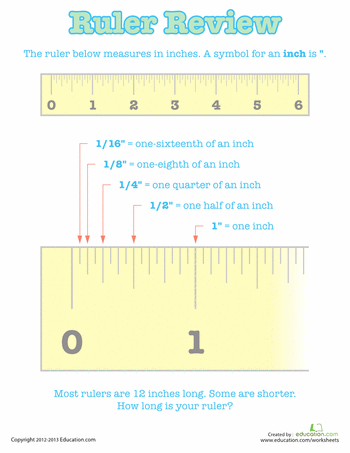
You should remember the typical diameters of plumbing fixtures:
Refer to official standards for exact 3 4 inch values. For example, GOST 18698-79 defines the specifications for pressure rubber hoses with a textile frame used as flexible pipelines for supplying liquids, steam, gases, and bulk materials. GOST 3262-75 "Steel water and gas pipes" applies to non-galvanized and galvanized steel welded pipes with threaded or knurled cylindrical threads and without threads used for water supply and heating systems.
For example, GOST 18698-79 defines the specifications for pressure rubber hoses with a textile frame used as flexible pipelines for supplying liquids, steam, gases, and bulk materials. GOST 3262-75 "Steel water and gas pipes" applies to non-galvanized and galvanized steel welded pipes with threaded or knurled cylindrical threads and without threads used for water supply and heating systems.
= inch
View industrial hoses, find suitable diameters and other characteristics you can in the catalog of hoses and sleeves. Use the filter to select products according to the required parameters.
vacuum hose for vacuum cleanerpvc tube reinforcedcorrugated for swimming pools irrigation silicone rubber hose large diameter for compressor BRS connection Camlock exhaust duct American silicone tube
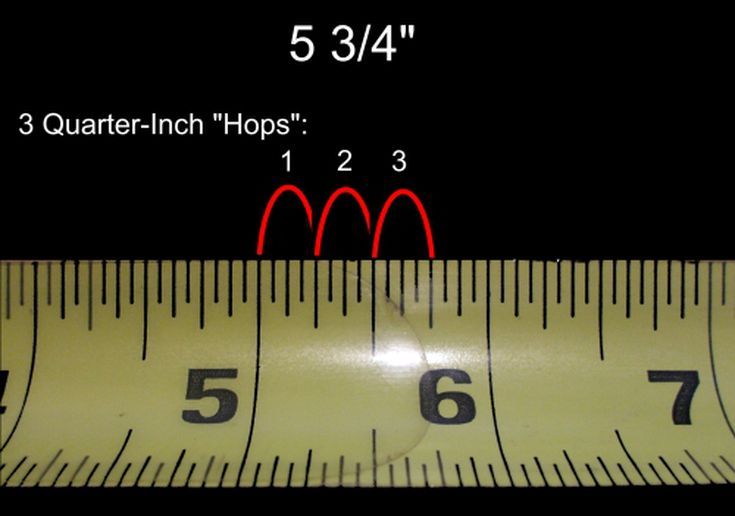 3
3 The diameter of the hose is the inside of the hose, not including the walls.